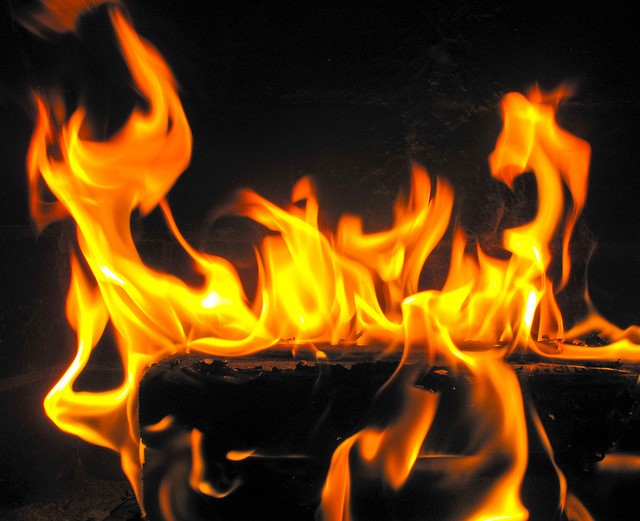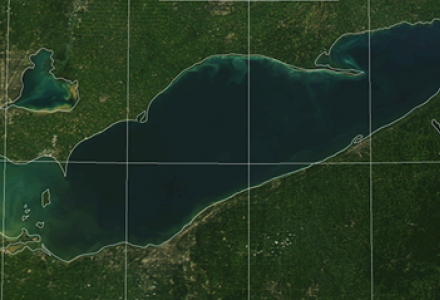
By the IJC Water Quality Board Legacy Issues Work Group

Flame retardants, made of up chemical compounds, have been widely used in an array of products since the 1970s. Some early flame retardants that were highly toxic were replaced by polybrominated diphenyl eithers or PBDEs. But health concerns related to PBDEs also have raised questions about how such chemicals are regulated.
You can find PBDEs in building materials, electronics, furnishings, motor vehicles, plastics and textiles. Studies have raised concerns about the adverse impacts of these compounds in the environment.
To assess how well governments and others are dealing with this problem, the IJC’s Great Lakes Water Quality Board directed its Legacy Issues Work Group to investigate and report back to the Board. Consultants assisted in the research.
The Legacy Issues Work Group addresses harmful, long-term aspects of historic human activity on the Great Lakes system.
All of the Great Lakes contain some levels of PBDEs, the report found, with Erie and Ontario having the highest concentrations in water. Despite phase outs of the manufacture and import of some PBDE chemicals by the Canadian and U.S. governments, products that contain the chemicals are still imported and widespread in the basin.
PBDEs are bioaccumulative, meaning they build up as they move through the food chain. Numerous studies have shown that exposure to PBDEs harms wildlife by increasing mortality rates, causing malformations, and impairing thyroid and metabolic systems.
Humans are exposed to PBDEs throughout their lives. We ingest them from eating meats, fish and dairy products and inhale them in dust at home and work from furnishings, electronics and textiles.
The report has been endorsed by the Board, is being reviewed by the IJC, and should be released in the near future. Watch for further information in upcoming issues of Great Lakes Connection, including possible recommendations to governments from the IJC.





